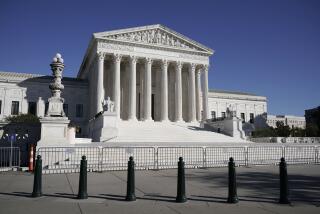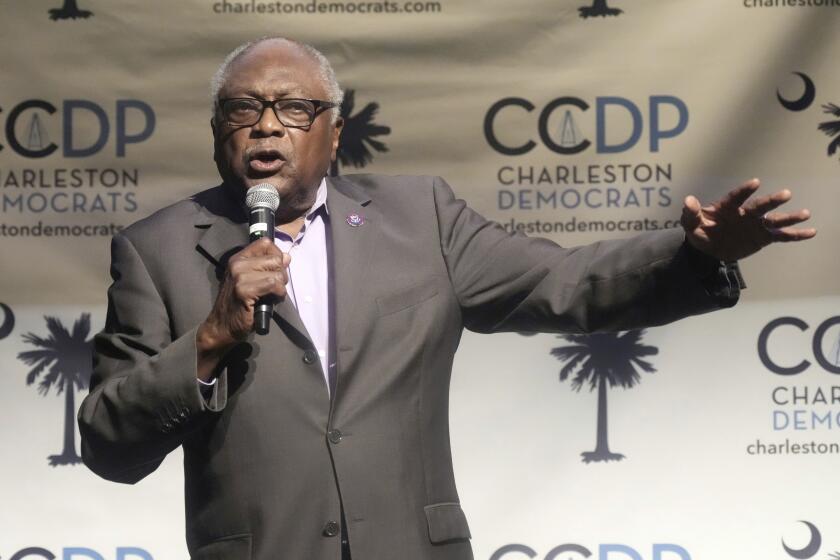William Simon; Energy Czar in Oil Crisis
William Edward Simon, secretary of the treasury in the Nixon and Ford administrations and the energy czar credited with easing public fears during the 1970s oil crisis, died Saturday in Santa Barbara. He was 72.
Simon died of complications from pulmonary fibrosis, a lung disease, one of his daughters, Mary Streep, told Associated Press. A member of the U.S. Olympic Committee for more than 30 years, Simon oversaw the 1984 Summer Games in Los Angeles as president of the U.S. Olympic Committee. He was inducted into the U.S. Olympic Hall of Fame in 1991.
A political conservative named by President Richard Nixon as his choice for deputy secretary of the treasury Dec. 6, 1972, Simon was sworn into office Feb. 2, 1973.
Appointed to head the president’s Oil Policy Committee within weeks of his arrival in Washington, Simon had responsibility for the oil imports program and quickly became an expert on the nation’s escalating energy problems.
At the height of the Arab oil embargo in December 1973, Nixon selected Simon as head of the Federal Energy Office. As energy czar, he instituted a mandatory fuel allocation program and was able to stem the rising public hysteria without resorting to gasoline rationing, until the embargo was lifted in the spring of 1974.
Simon continued to serve simultaneously as deputy secretary and head of the energy office until George Shultz’s resignation as treasury secretary in April 1974. Nixon nominated Simon to replace him, and when Gerald Ford assumed the presidency in August 1974, Simon continued in the post.
As secretary, Simon headed a 125,000-person department, which collected the nation’s taxes, paid its bills, managed its accounts, printed its currency and minted its coins. During his tenure the $2 bill was reintroduced.
He also had responsibility for various law enforcement agencies that were part of the Treasury, including the U.S. Customs Service and the U.S. Secret Service.
When Simon left office at the end of the Ford administration in January 1977, there was speculation that he might run for governor of New Jersey.
Simon, however, returned to business, serving first as advisor and consultant to such firms as Booz Allen and Hamilton and Blyth Eastman Dillon Co.
Later he formed his own investment firm, the Wesray Corp. He also wrote two books, both of which became bestsellers: “A Time for Truth” (1978) and “A Time for Action” (1980).
In 1998, after having already donated an estimated $30 million to various causes, he announced his intention to give away his entire fortune, estimated at $350 million, to charitable organizations, among them AIDS hospices and educational groups serving the low-income.
Simon’s first wife, Carol Girard Simon, whom he married in 1950, died in 1995. Survivors include his wife, Tonia, two sons, five daughters and 22 grandchildren.
More to Read
Start your day right
Sign up for Essential California for news, features and recommendations from the L.A. Times and beyond in your inbox six days a week.
You may occasionally receive promotional content from the Los Angeles Times.






